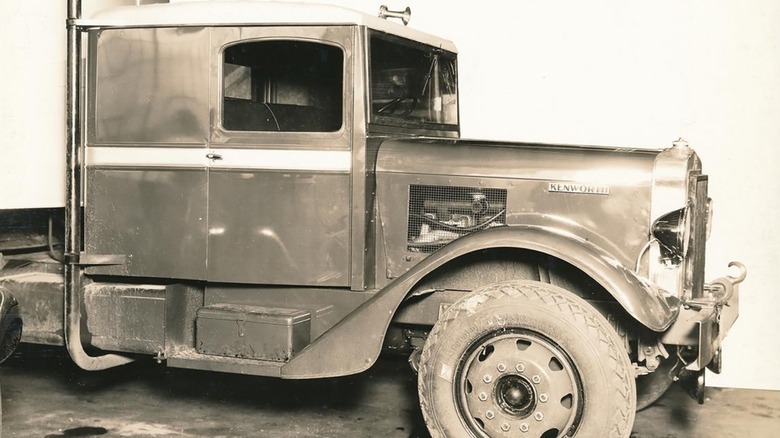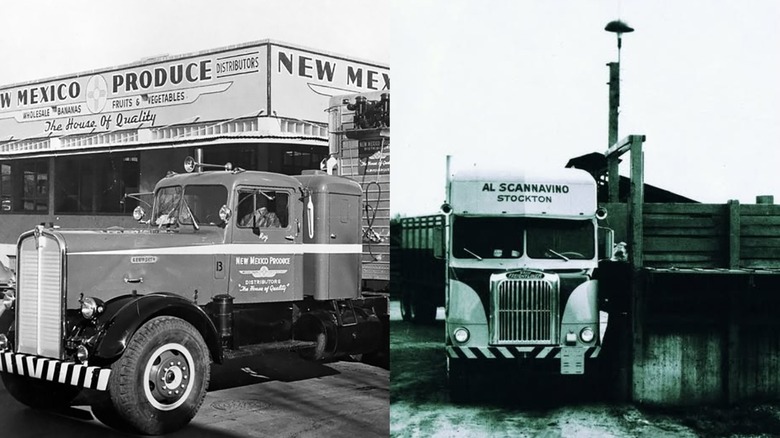What Was The First Sleeper Truck And How Did It Change American Trucking?
Prior to the 1930s, sleeper cabs in trucks, providing an area for drivers to rest, didn't exist. It wasn't until 1933 that Kenworth became the first manufacturer to offer an integrated sleeper section. This development was significant because it marked the first time an operator could actually lie down flat in a bunk inside his truck. Following a switch from gasoline to diesel engines, long-haul trucking routes became much longer, stretching from Los Angeles to Chicago. Before the sleeper cab, as supply demands ramped up, truckers were expected to keep hauling. There was a cavalier attitude toward driving while tired back then. Stories from the pre-sleeper cab era tell of fatigued operators opting for an awkward pillow over the steering wheel, which must have been uncomfortable, but better than the deadly alternative of dozing off at speed.
The sleeper cab transformed the trucking industry, improving productivity, options for team driving, and even driver retention. With day-to-day operations, a sleeper cab saved time and money, as the driver wasn't required to find a motel every night. It was safer because when an operator was tired, they could pull off the road immediately for rest, instead of being forced to continue driving for dozens of miles to the next exit with overnight accommodations.
Semi manufacturers experiment with different sleeper designs
The first sleeper from Kenworth was connected and open to the rest of the cab. In 1947, the manufacturer developed the first separate compartment for sleeping. This offered greater privacy and presumably came in handy when drivers would work in teams. One trucker could be behind the wheel, while the other rested in a separated space, enabling the semi to keep on the road to meet tighter deadlines.
It wasn't just Kenworth innovating in the sleeper space. Freightliner introduced the first overhead sleeper in its model WF64 in 1953. In this space-saving design, the bunk was basically directly above the front seats and dashboard. It was developed especially for long-route truckers who needed to comply with the strict truck length regulations of the era. These alternative designs helped pave the way for modern advancements that have considerably transformed cabin space for truckers. To see just how far the design has come, here's what the inside of a semi-truck sleeper cab looks like today.
Why a sleeper cab is still so important
Navigating a big rig across significant distances can be challenging and hard on the body. On the road, truckers often lack access to healthier foods and may find few opportunities to exercise. In addition, factors like traffic, weather conditions, and deadlines can elevate stress levels beyond those experienced in many other occupations. Compounded with poor sleep, the risk to the driver and other motorists increases dramatically. How much money semi-truck drivers make is often dependent on how many miles they drive, making it tempting for truckers to try to push through and log more time behind the wheel. This is why regulated hours and convenient sleeping accommodations are essential.
Truckers are vital to society. Most of the goods and services you depend on need strong supply chains. According to the American Trucking Associations, in 2022, truckers transported approximately 72.6% of the U.S. freight by weight. To put this into greater perspective, according to Business Insider, grocery stores would have empty shelves within a span of three days if all long-haul drivers refused to get behind the wheel.


